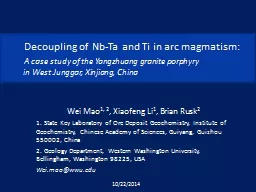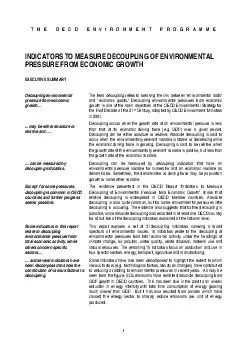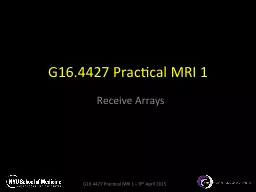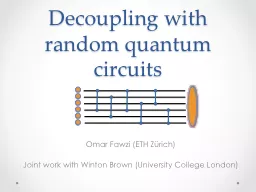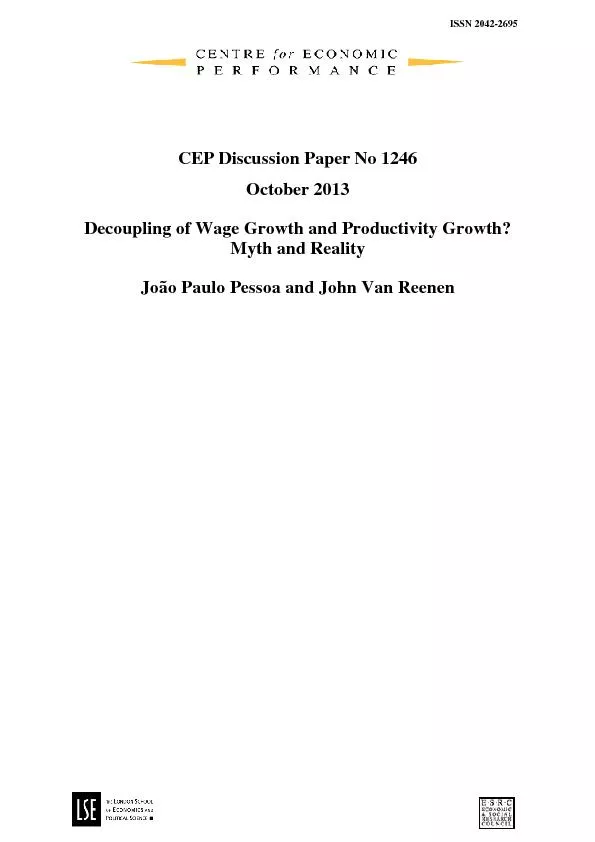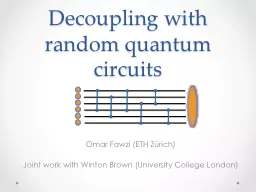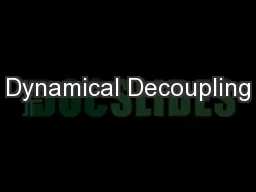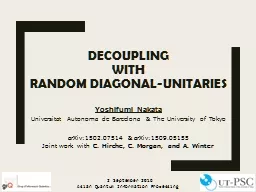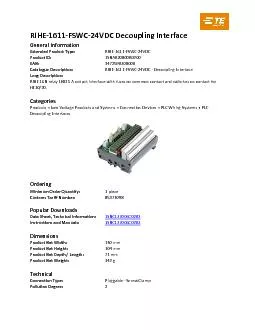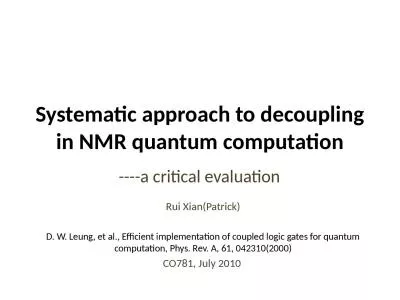PPT-Decoupling of Nb
Author : phoebe-click | Published Date : 2018-09-29
Ta and Ti in arc magmatism A case study of the Yangzhuang granite porphyry in West Junggar Xinjiang China Wei Mao 1 2 Xiaofeng Li 1 Brian Rusk 2 1 State
Presentation Embed Code
Download Presentation
Download Presentation The PPT/PDF document "Decoupling of Nb" is the property of its rightful owner. Permission is granted to download and print the materials on this website for personal, non-commercial use only, and to display it on your personal computer provided you do not modify the materials and that you retain all copyright notices contained in the materials. By downloading content from our website, you accept the terms of this agreement.
Decoupling of Nb: Transcript
Download Rules Of Document
"Decoupling of Nb"The content belongs to its owner. You may download and print it for personal use, without modification, and keep all copyright notices. By downloading, you agree to these terms.
Related Documents

